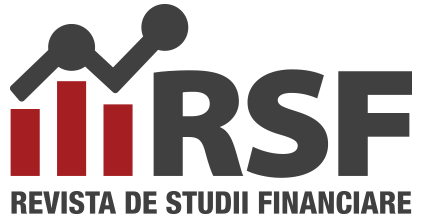Authors: Kevin Bica, Erinda Imeraj
Vol. 9 • No. 16 • May 2024
Abstract
This study investigates the main drivers of public debt and assesses the overall debt structure in the Balkan countries. Regardless of a close to 50% average debt level, there is no immediate threat of escalation compared to developed countries. The empirical analysis leverages three advanced econometric techniques to control for cross-country specifics and potential biases due to data disruptions. Sourced from the World Bank and the International Monetary Fund, the data are of quantitative type collected from 2000-2021. Empirical evidence suggests that Real GDP Growth and Current Account balance are crucial determinants of economic performance, with political regimes also exerting a notable influence. As the time frame of the research consists of the COVID-19 pandemic, it is essential to consider structural breakdowns to avoid any coefficient biases. Unsurprisingly, the dummy variable COVID-19 depicts a significant effect as public debt increased by 2.51 percentage points once the pandemic occurred. The rest of the variables, including interest rates, government expenditure, and unemployment rate, are statistically insignificant. Empirical evidence from the present study supports the hypothesis that pursuing genuine economic development through the advocacy of domestic production and trade, coupled with the consolidation of democratic institutions, can act as a check on the spiraling growth of public debt.
Keywords: Public debt, Economic Growth, COVID-19, Panel Data, Inflation, Balkans.
JEL Classification: E02, E12, E62.
DOI: 10.55654/JFS.2024.9.16.04
